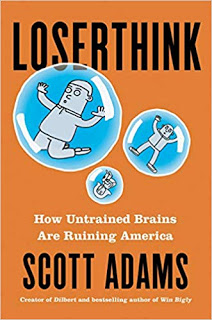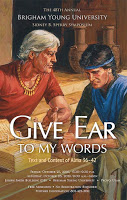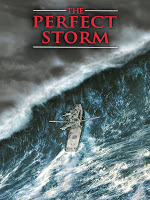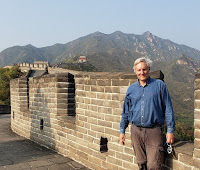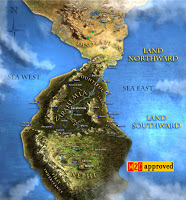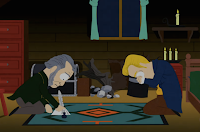Loserthink and M2C part 1
If you’re not reading Scott Adams’ book Loserthink, you’re missing a lot of great material.
Here are some examples:
“Being absolutely right and being spectacularly wrong feel exactly the same.”
This partly explains why our M2C intellectuals don’t realize that M2C is spectacularly wrong. Not only does M2C repudiate the prophets, but it is based on logical and factual fallacies that its proponents cannot recognize because they feel they are “right.”
“Educated and well-informed people always have huge gaps in their knowledge of the world.”
The M2C intellectuals live in a bubble like the ones on the cover of the book. They think they are somehow so “qualified” that they are justified in repudiating the teachings of the prophets.
We need a “Loserthink for Latter-day Saints” to avoid disasters such as M2C and the peep stone saga.
Source: About Central America
